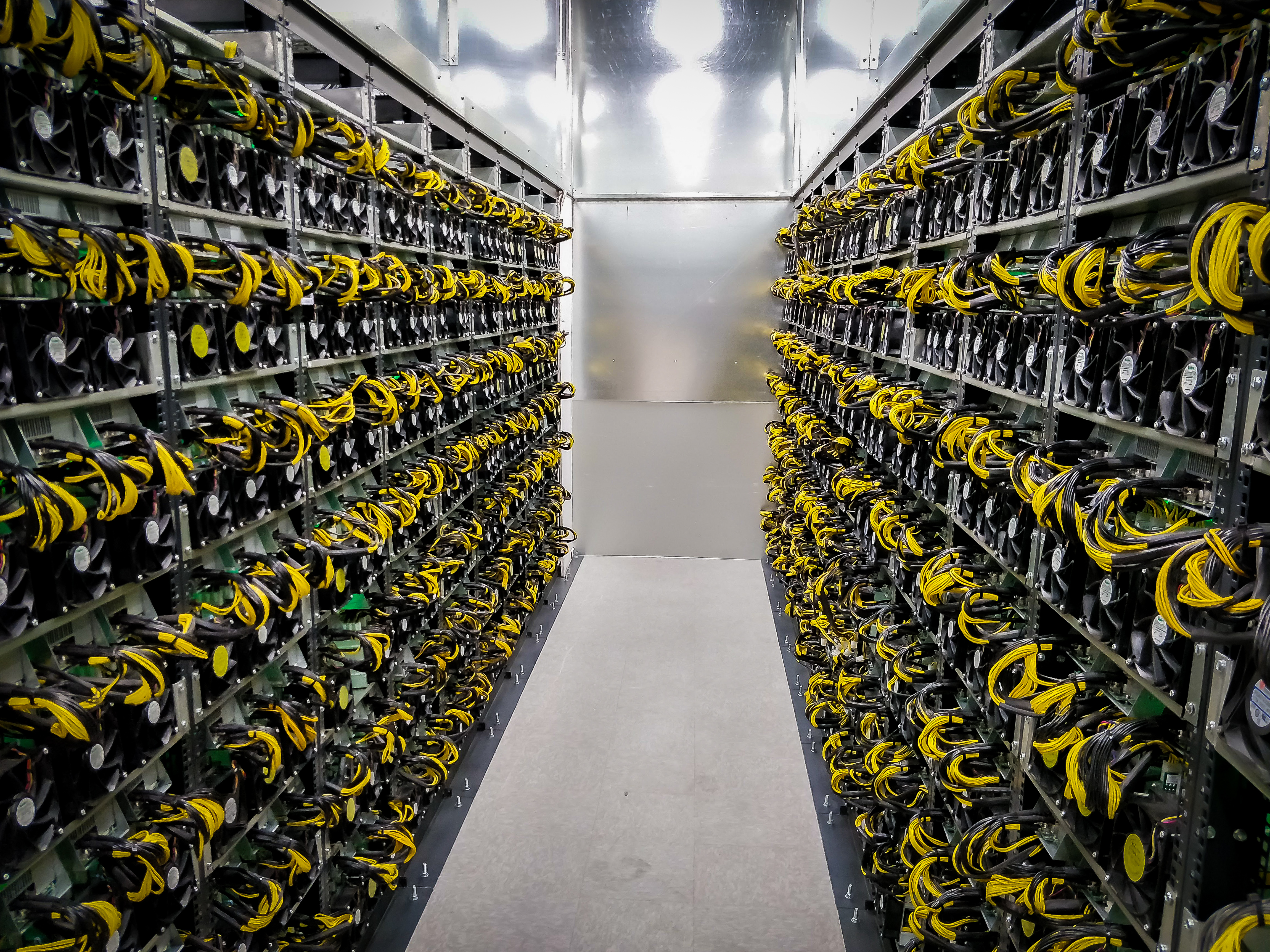As the cryptocurrency landscape continues to evolve, Bitcoin miners are at a crossroads six months after the latest halving event, which reduced the rewards for validating transactions on the Bitcoin network by 50%. This significant change has prompted miners to explore two distinct paths to ensure their viability in an increasingly competitive market.
Key Points
- Divergent Strategies: Bitcoin mining companies are split between holding onto the Bitcoin they mine, betting on future price increases, and pivoting towards developing AI data centers.
- Market Performance: Firms that retain their mined Bitcoin, such as Marathon Digital, Riot Platforms, and CleanSpark, are seeing their shares lag behind those investing in AI infrastructure.
- AI Investment Surge: A growing number of mining companies are investing in AI data centers, driven by the profitability and growth potential of the AI sector.
- Challenges Post-Halving: The recent halving has led to increased mining difficulty and reduced rewards, prompting miners to seek alternative revenue streams.
- Regulatory Landscape: The clearer regulatory framework surrounding AI compared to Bitcoin is encouraging miners to transition into AI-related ventures.
The Current Landscape
In the wake of the halving event that occurred in April 2024, Bitcoin miners are grappling with the implications of reduced rewards and increased mining difficulty. While many had anticipated a bullish trend following the halving, the reality has been more complex. Bitcoin’s price has stabilized above the $60,000 mark, but profitability for miners has diminished, leading to a reevaluation of their business strategies.
The Two Paths
- Holding Bitcoin: Companies like Marathon Digital, Riot Platforms, and CleanSpark are choosing to hold onto the Bitcoin they mine, banking on the asset’s long-term appreciation. This strategy reflects a belief in the potential for future price increases, despite the current challenges.
- Investing in AI: On the other hand, a significant number of miners are pivoting towards artificial intelligence. This shift is motivated by several factors:
- Increased Mining Difficulty: The halving has made mining less profitable, pushing miners to seek alternative revenue sources.
- AI Profitability: The AI sector has seen remarkable growth, with companies like NVIDIA and OpenAI achieving substantial market capitalizations. This success has inspired confidence among miners that they can tap into the lucrative AI market.
- Regulatory Certainty: As regulations around AI become clearer, miners are finding a more stable environment for investment compared to the still-evolving regulatory landscape for cryptocurrencies.
The Future of Bitcoin Mining
The decision to pivot towards AI represents a significant shift in the Bitcoin mining industry. As miners adapt to the changing landscape, those investing in AI data centers may find themselves better positioned for future growth. The combination of advanced infrastructure and a focus on emerging technologies could provide a pathway for miners to thrive in a post-halving world.
In conclusion, the divergent paths taken by Bitcoin miners highlight the challenges and opportunities present in the current market. As the industry continues to evolve, the choices made today will shape the future of Bitcoin mining and its role in the broader cryptocurrency ecosystem.
See also: America’s Electric Grid Pushed to the Brink by AI and Crypto Boom
MikeBogosian, CC BY-SA 4.0, via Wikimedia Commons
